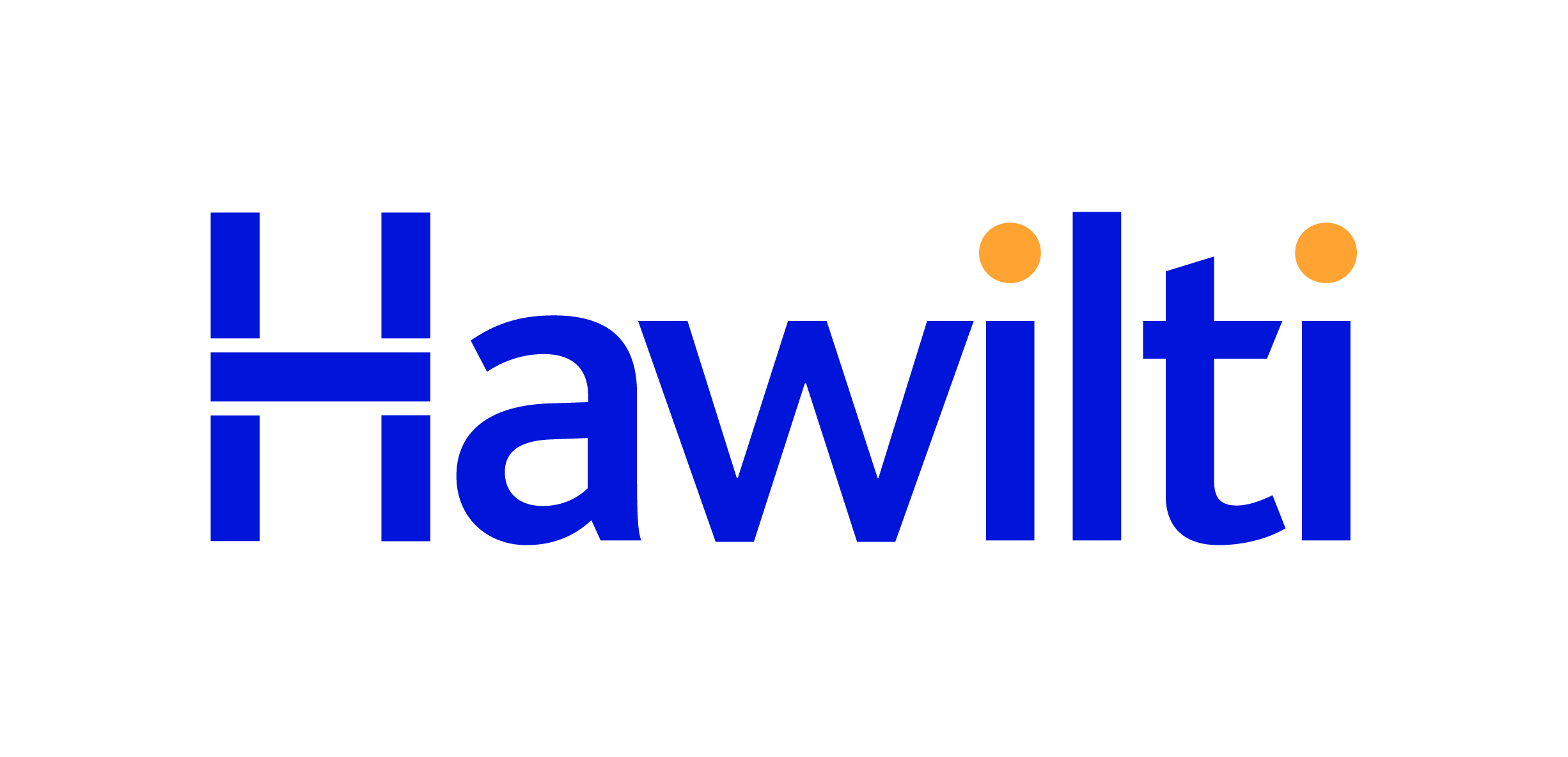Nigeria’s daily oil production averaged 1,024,371 barrels of oil last month, according to data by the Nigerian Upstream Petroleum Regulatory Commission (NUPRC). This marks a new all-time low for sub-Saharan Africa’s largest oil producer, who should be able to produce 2 million bopd and had its OPEC quota for May set at 1.753m bopd.
Who is Under-Performing?
Significant losses have been reported at the onshore Shell-operated Bonny Oil Terminal. The facility serves as an export hub for several of Shell’s onshore blocks in the Niger Delta and to several independent and marginal field operators, mostly via the Trans-Niger Pipeline (TNP).
Operators exporting via the Bonny terminal suffer severe pipeline losses and crude theft. Earlier this year, Hawilti was able to view one of the terminal’s oil export data sheets, confirming that pipeline losses go as high as 90% for some operators.
Meanwhile, performances have been sluggish across most of the remaining oil assets. Notable month-on-month losses have been reported at ExxonMobil’s facilities, including the Qua Iboe terminal (-44.5%) and the Erha FPSO (-37%).
Who is Performing?
The offshore segment, including shallow water assets operated by independents and IOCs and deep-water fields operated by IOCs are the only ones providing stable volumes. Month-on-month gains have notably been reported for Neconde Energy/NPDC via the Ugo Ocha FSO (+132%), for Eni’s Abo FPSO (+57%) and for AMNI Petroleum’s Okoro FPSO (+22%).
“Deep-water assets continue to perform relatively well and are expected to keep supporting production moving forward,” said Mickael Vogel, Director & Head of Research at Hawilti. “Drilling campaigns will be helpful in that regard, with Shell currently drilling 3 infill wells at Bonga on OML 118 and TotalEnergies expected to start a multi-year drilling campaign on OML 130 later this year.”
Details on Nigeria’s deep-water, shallow-water, onshore and marginal field assets are available in the “Projects” section within your Hawilti+ research terminal.


